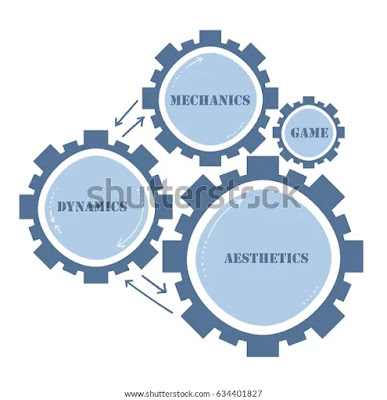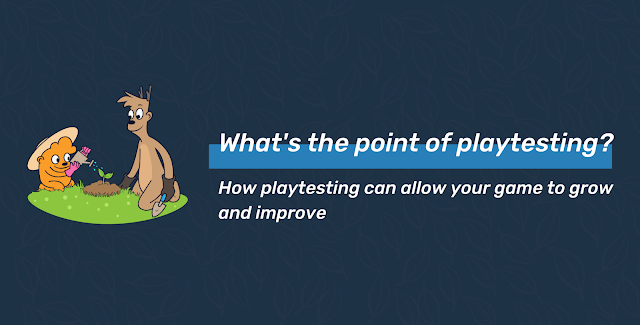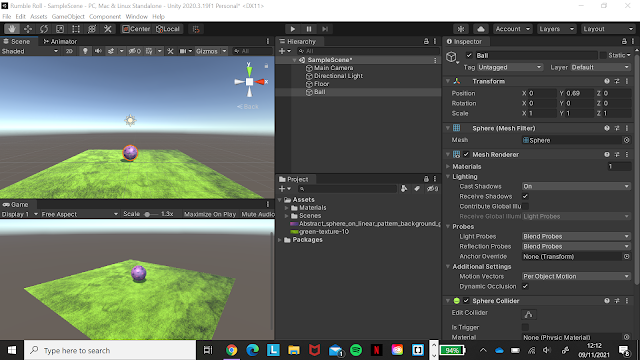Game MDA
A Formal Approach to Game Design and Game Research
The article is called "MDA" by Robin Hunicke, Marc LeBlanc, Robert Zubek. M.D.A stands for Mechanics, Dynamics, Aesthetics. This article explores how to approach game design and how to approach your research for game design. This can help link different aspects of making a game easier.
Game Design - Development. Game Criticism - Technical Game Research.
There are a lot that goes into designing a game but we have to consider the outside logistics. For example; the basic game mechanisms, the overarching game goals or the desired results you want to see after the game is finished. MDA can be used as a tool for designers and researchers.
Games create their own little timeline. Game designers create the games, consumers play the games, the games are used and then "disposed". Games differ from movies, plays and books.? Why? The game designer can never know how the players will feel about it until the game is finished and polished. Movies and books are different as their is a straight storyline. Where as games and player based and it is all up to the player to decide on what happens and how they take it first hand.
Games have their Rules - Systems - "Fun". The most important of these is hard to say as if one doesn't work or doesn't live up to the others none of them will be important.
I found a brilliant website (Click Here) that explains MDA is more detail and shows us exactly what is it. Mechanics are the "hidden" feature that the players don't see or rarely think about. This is made up of rules and structures. Dynamics of a game are a part the players can see, when a players makes any decision in a a game, as simple as pressing a button to move is telling the game they have selected this certain input etc. Aesthetics are what evokes the player's emotions, this can be in a happy or sad way, depending on the game. The designer start with Mechanics whereas the Players starts with Aesthetics but both have the Dynamics in the middle. It is very important to always view it from both sides; Designer and Players.
This YouTube Video helped a lot to understand furthers the mechanics, dynamics and aesthetics of games and how designers can benefit from using this.
There are many different types of Aesthetics Components for different games. Here a few examples;
- Sensation: Game as sense-pleasure (Regarding fear, joy happiness).
- Fantasy: Game as make-believe (Giving the player the power to fulfil their fantasies).
- Narrative: Game as drama ( Players wants to discover the story in depth, how it will end).
- Challenge: Game as obstacle course ( Learning how to get through different obstacles and how to avoid certain objects).
Games can definitely have more than one aesthetic. Dynamics work to create aesthetic experiences.
If we are struggling with the idea of MDA, imagine the dynamics is a car, the aesthetics are driving the car to meet the players experiences and evoke the emotions. The Mechanics are within the dynamics and you can not start the engine with them!




Comments
Post a Comment